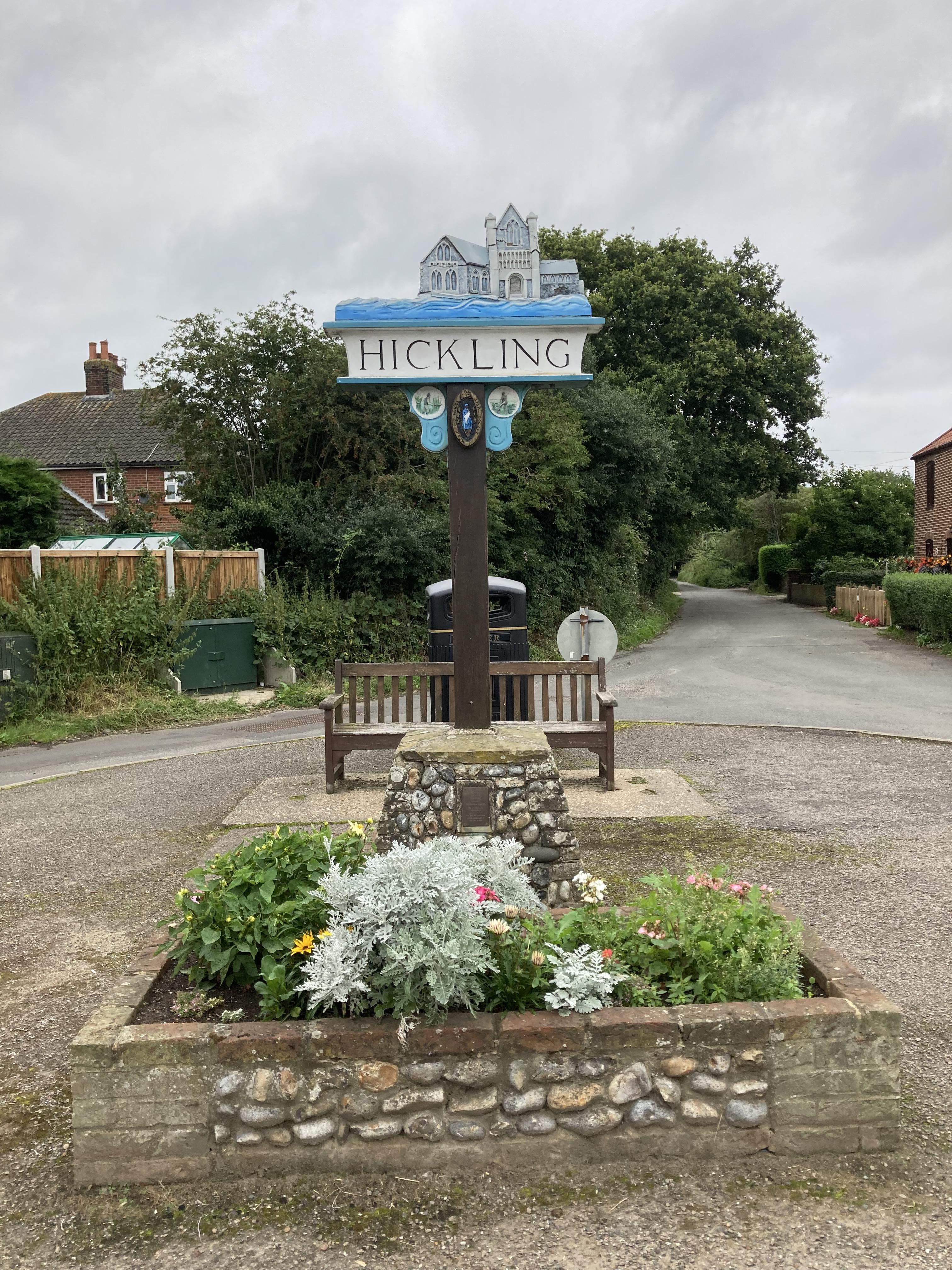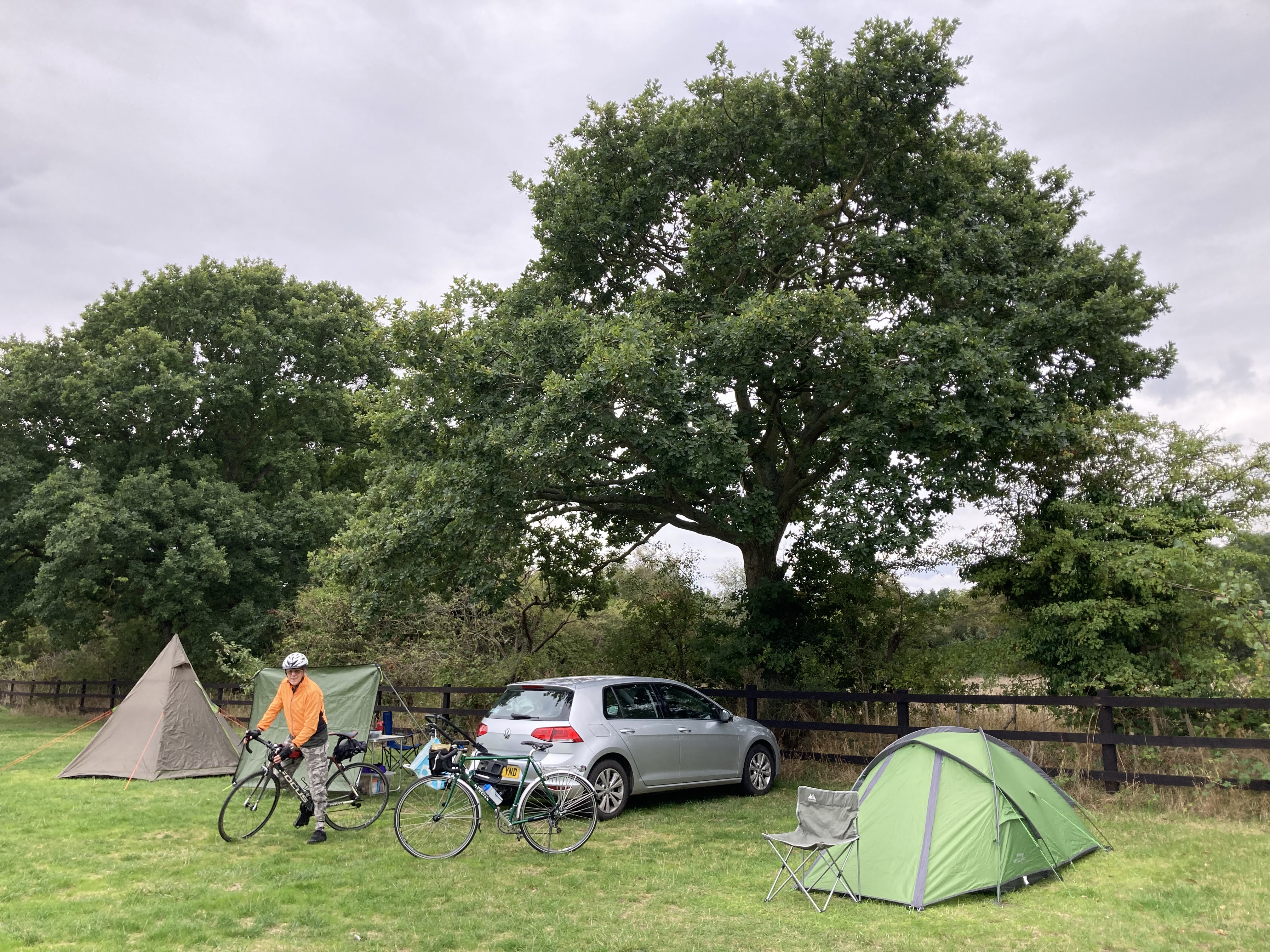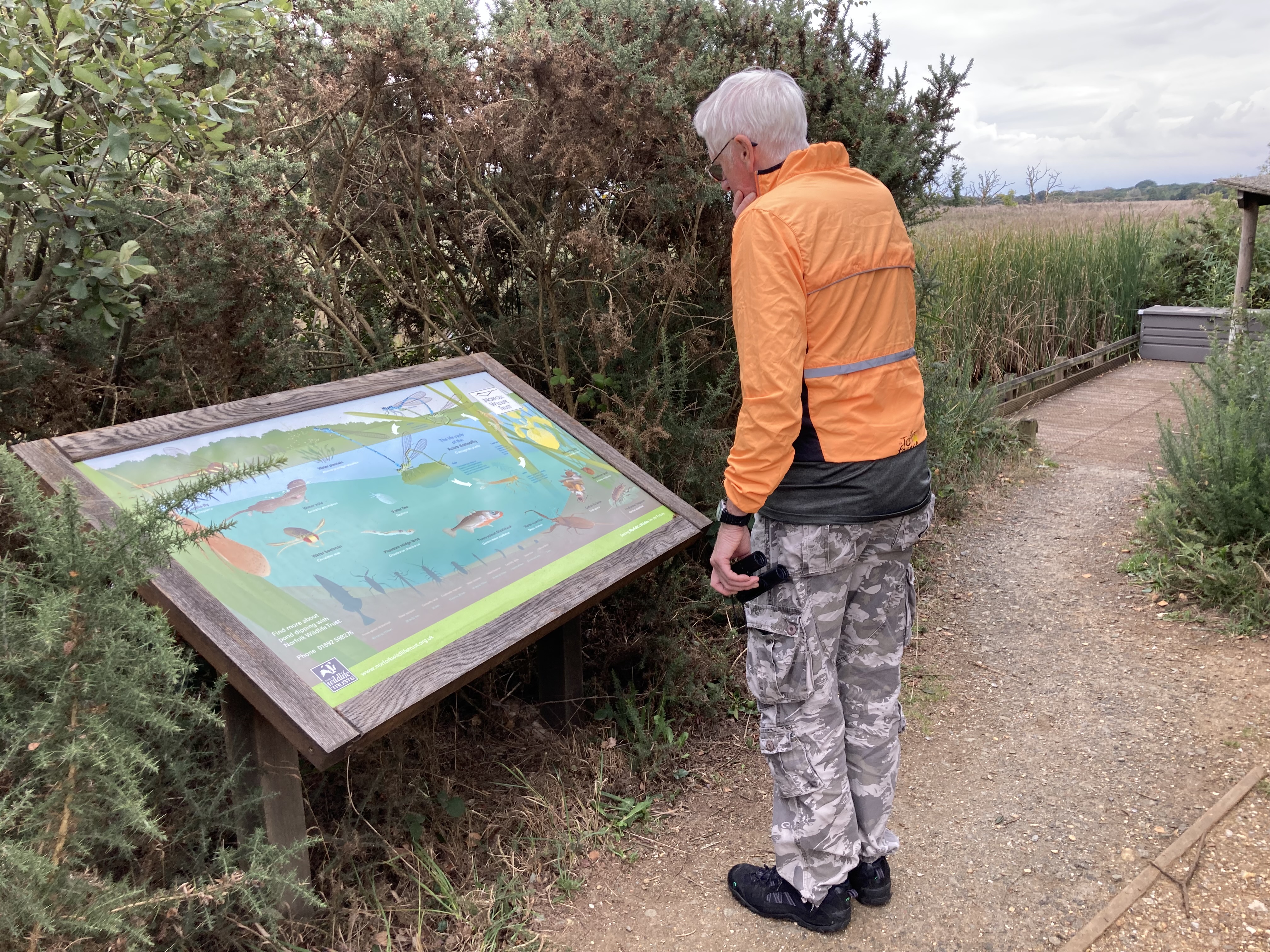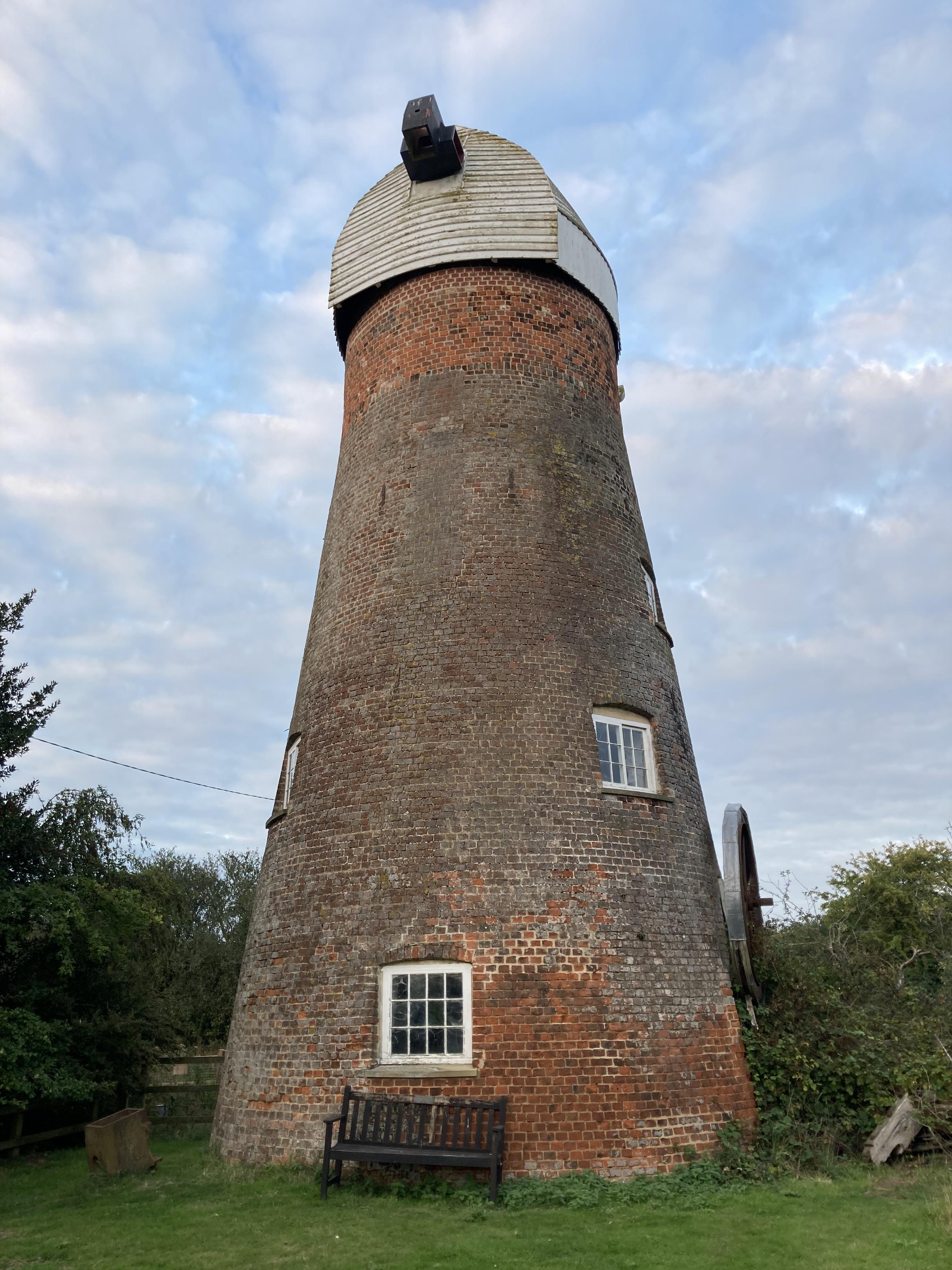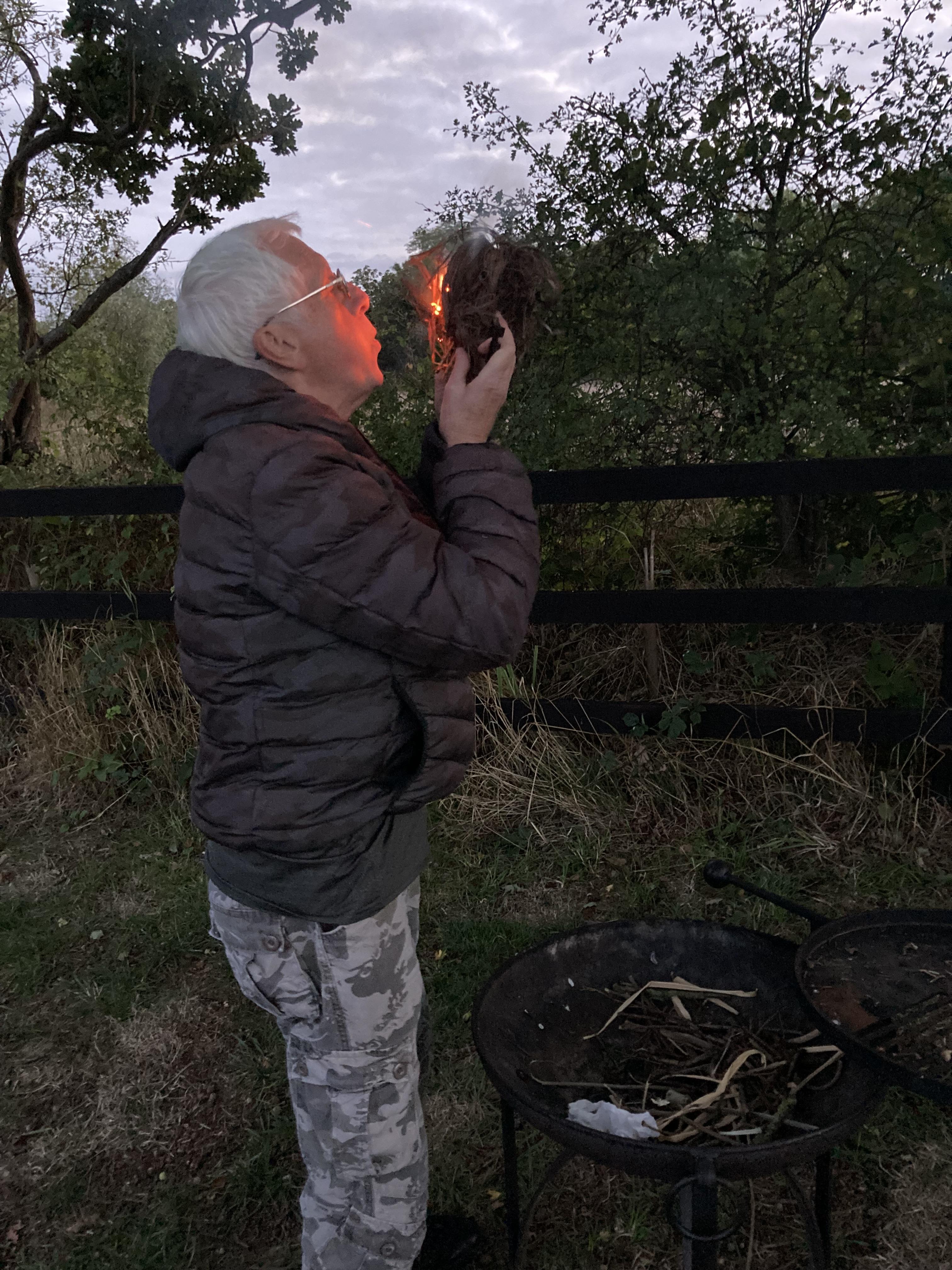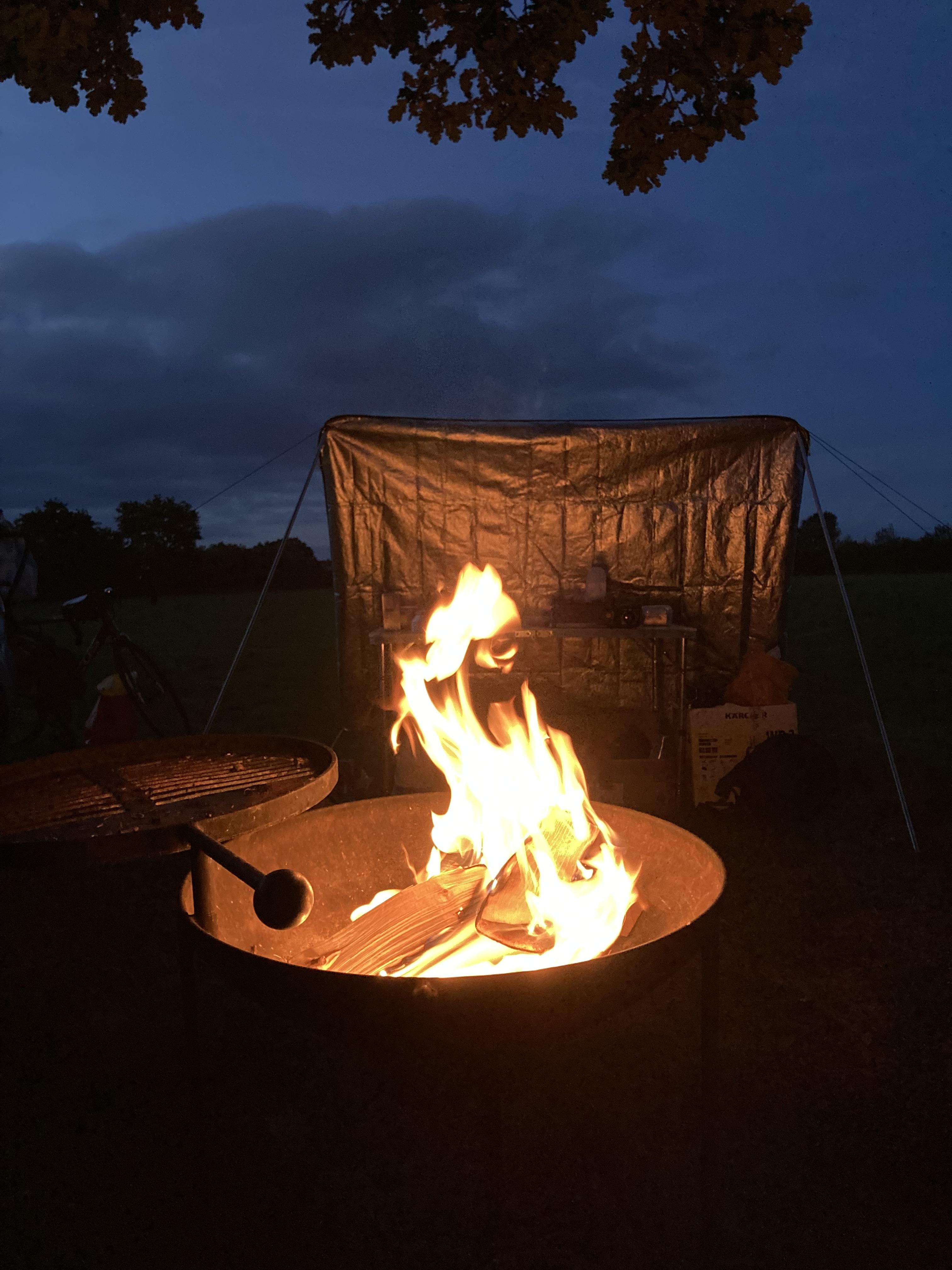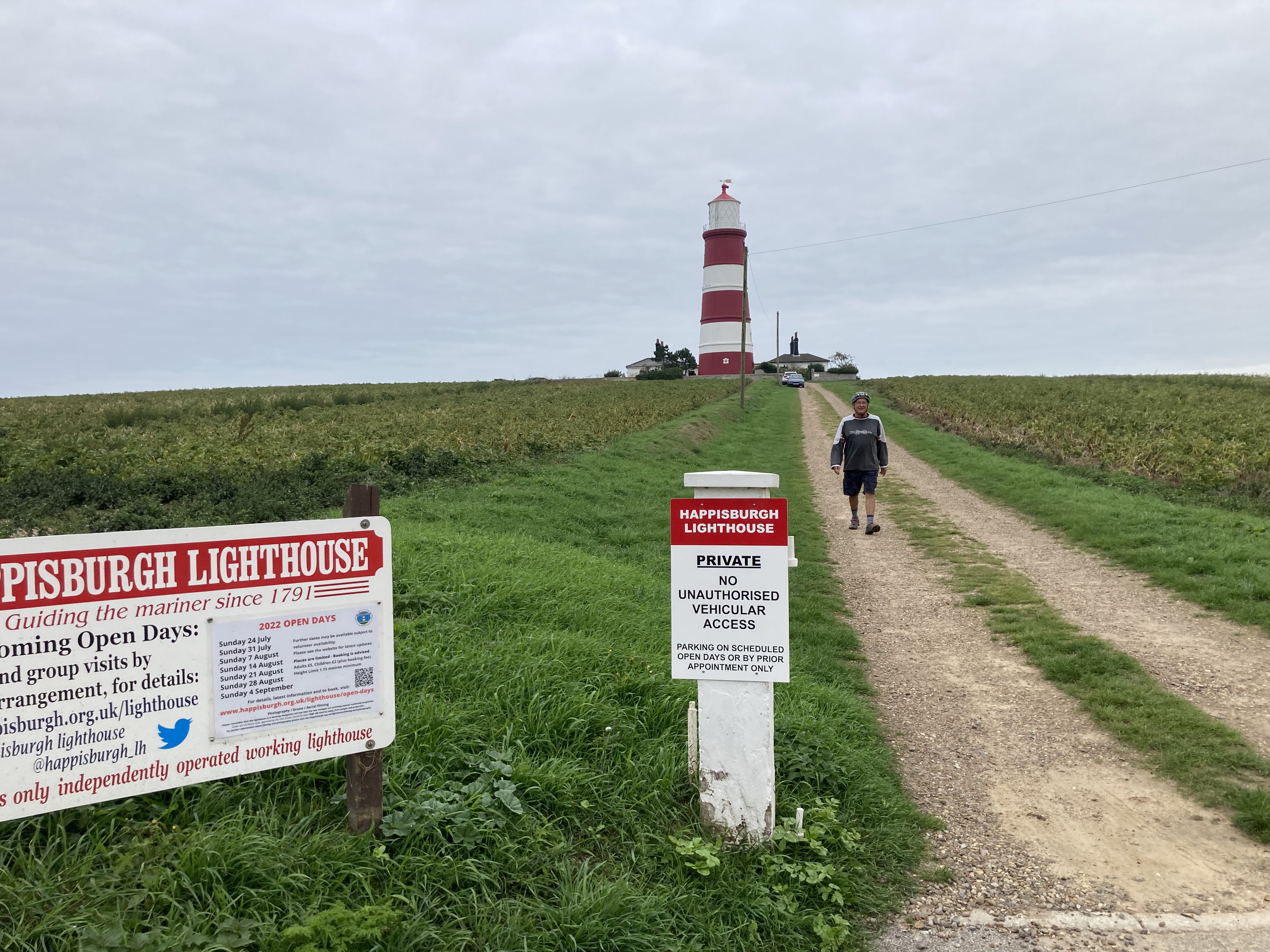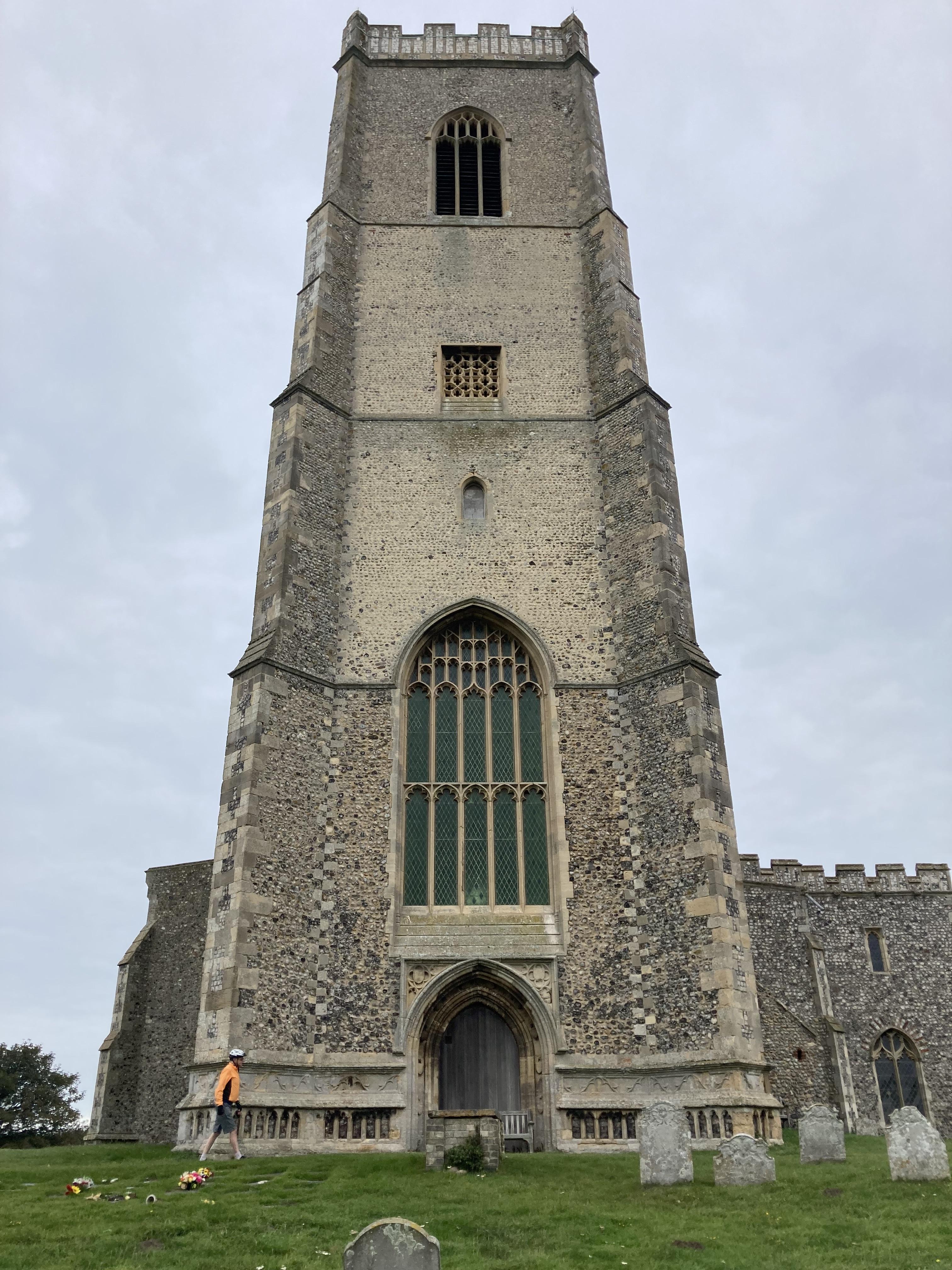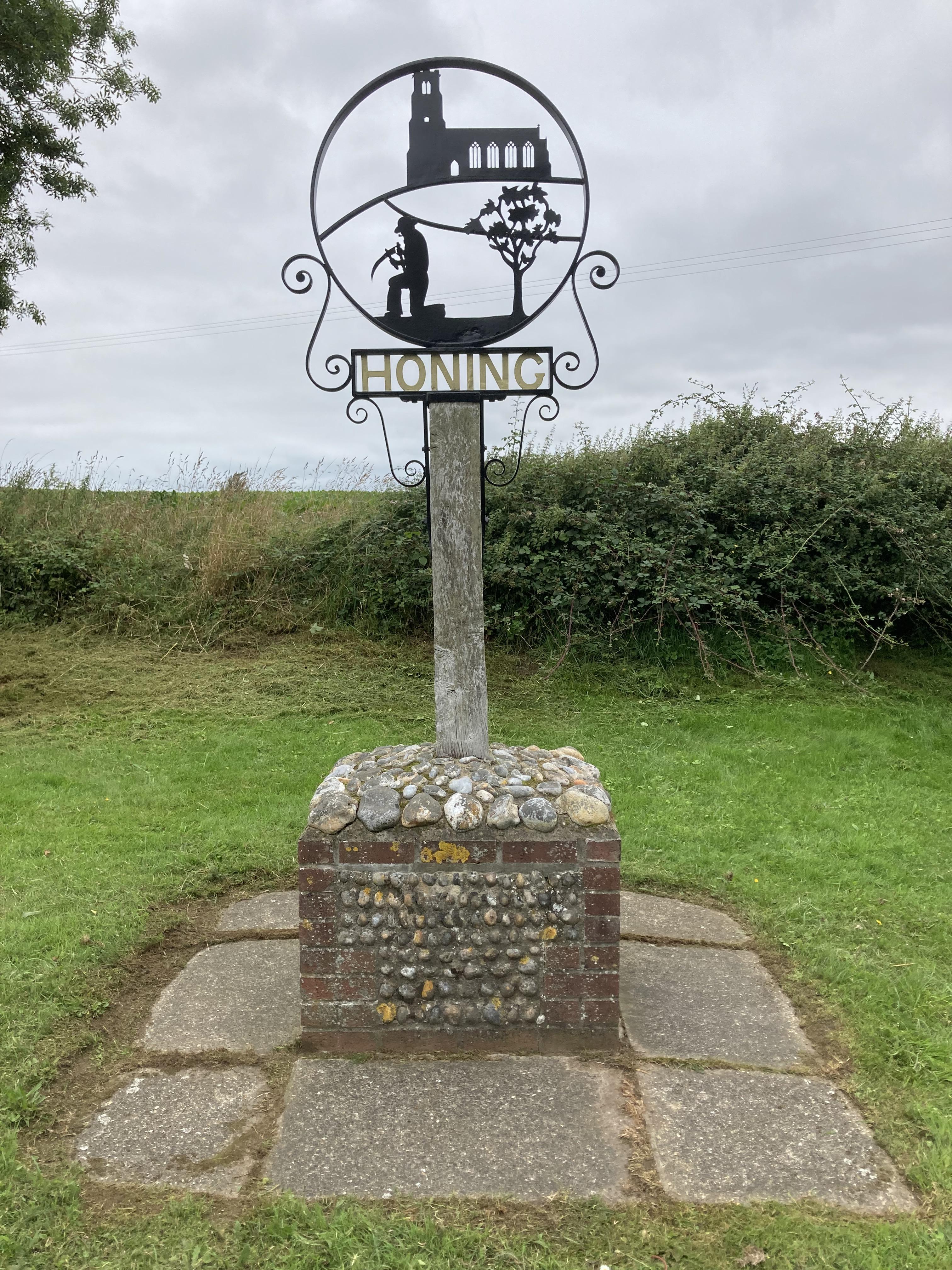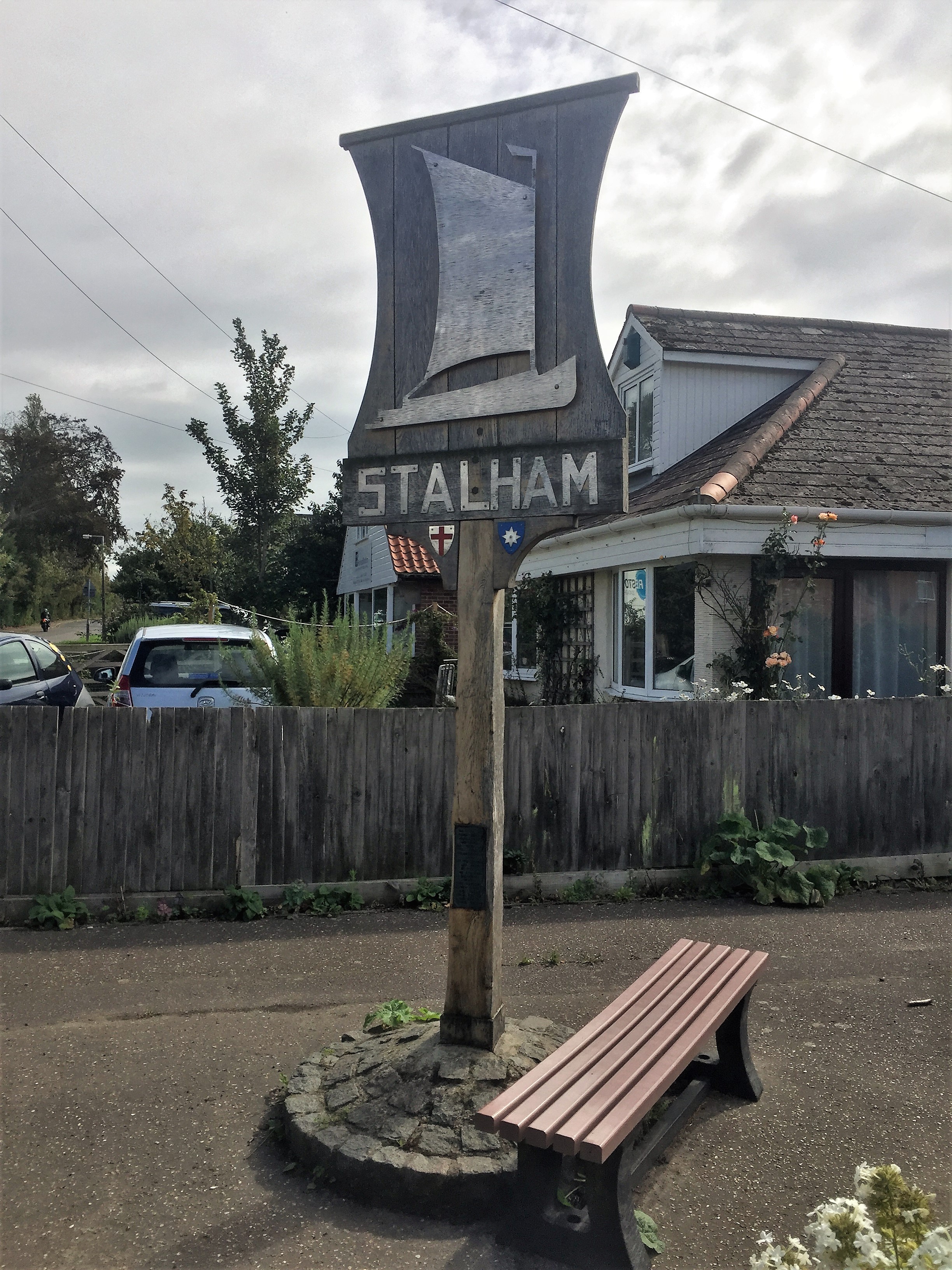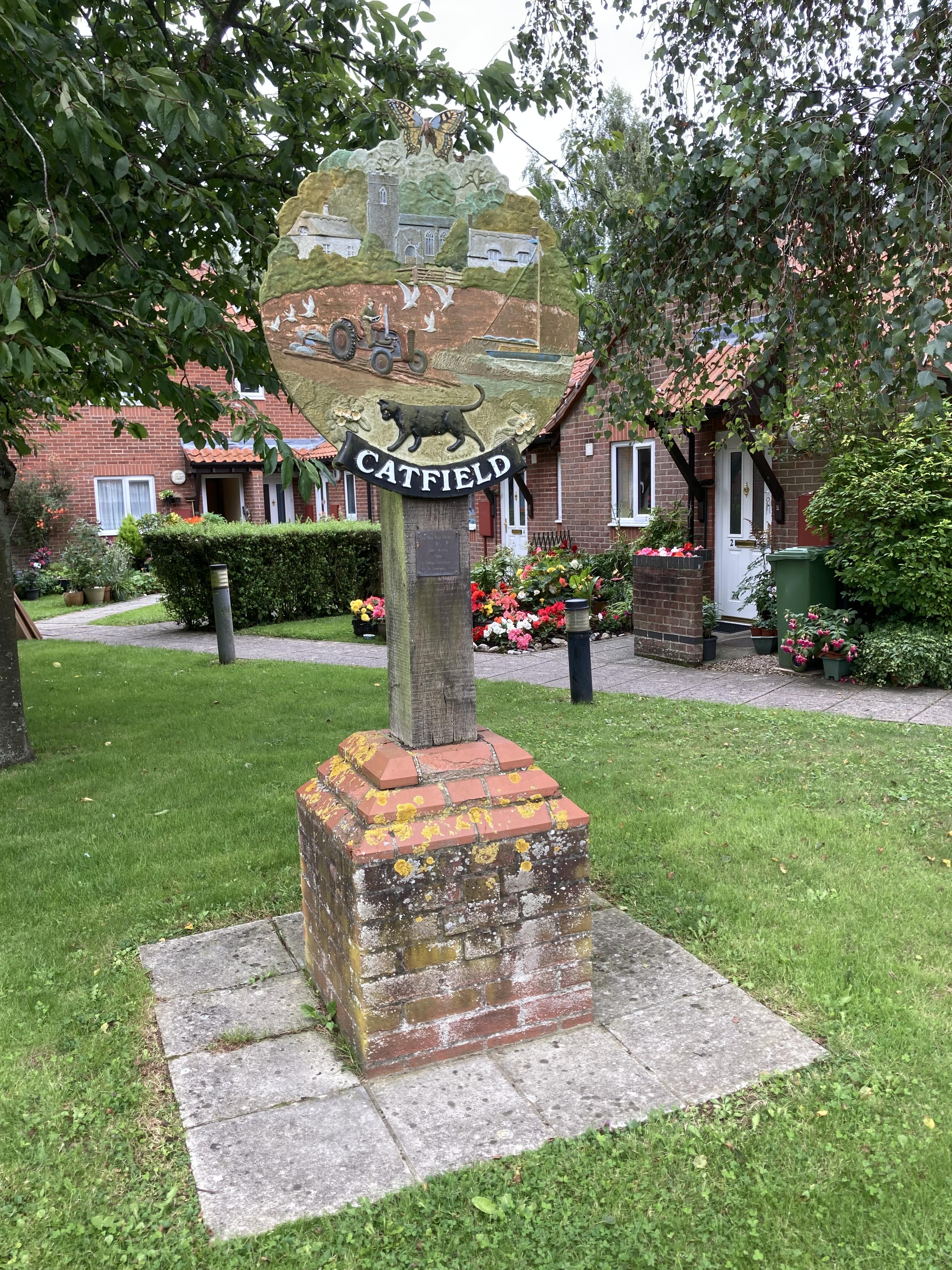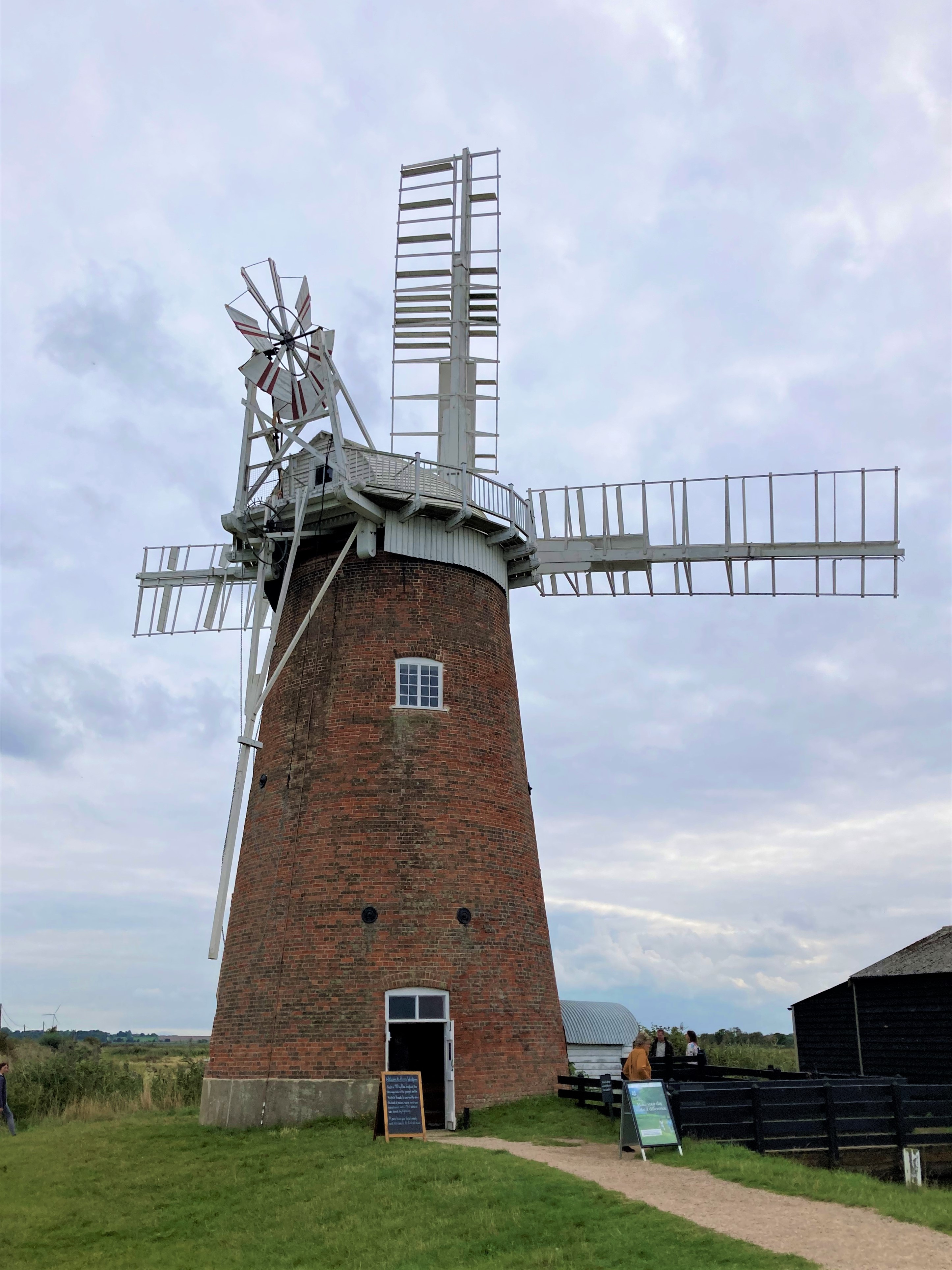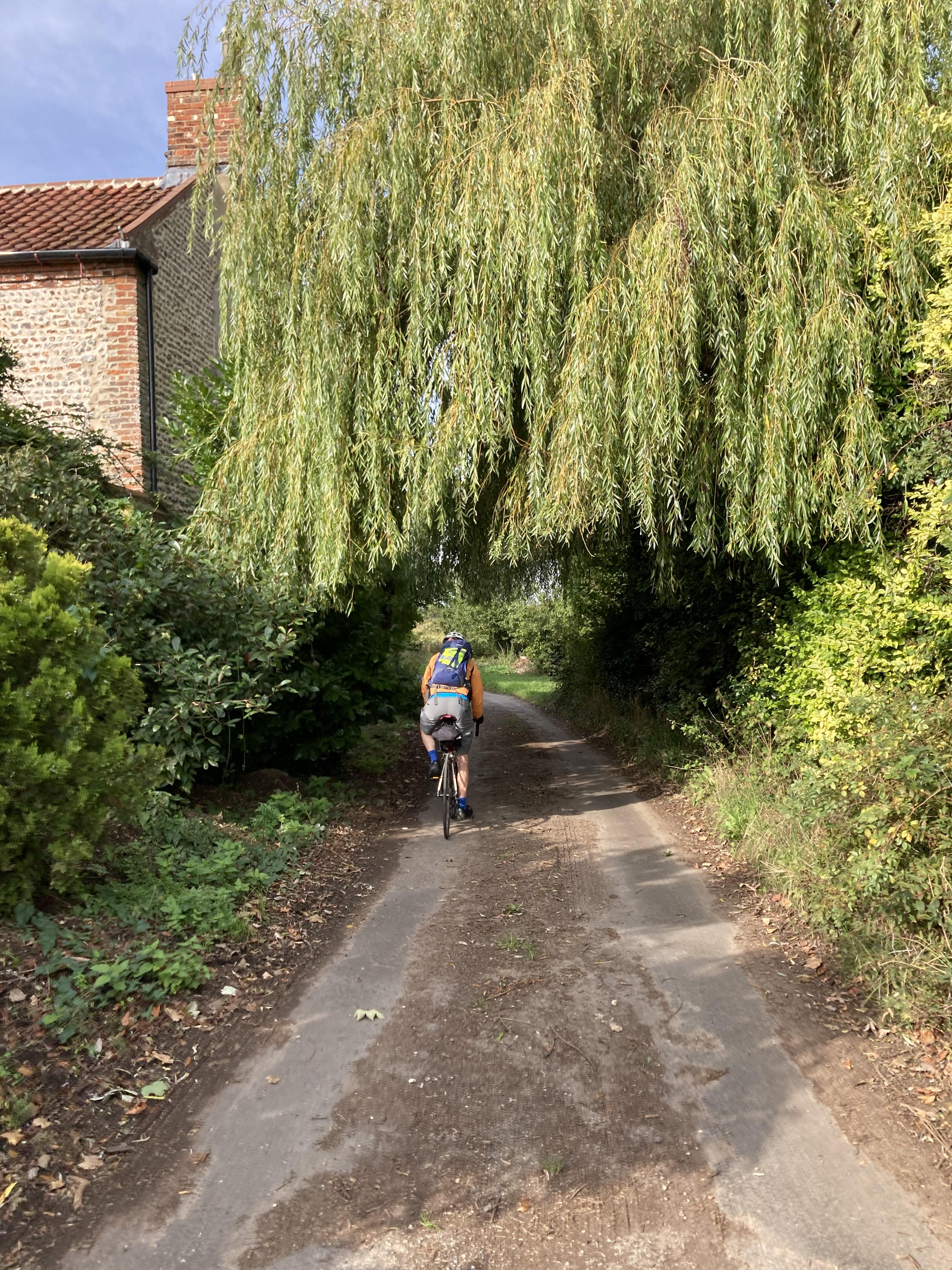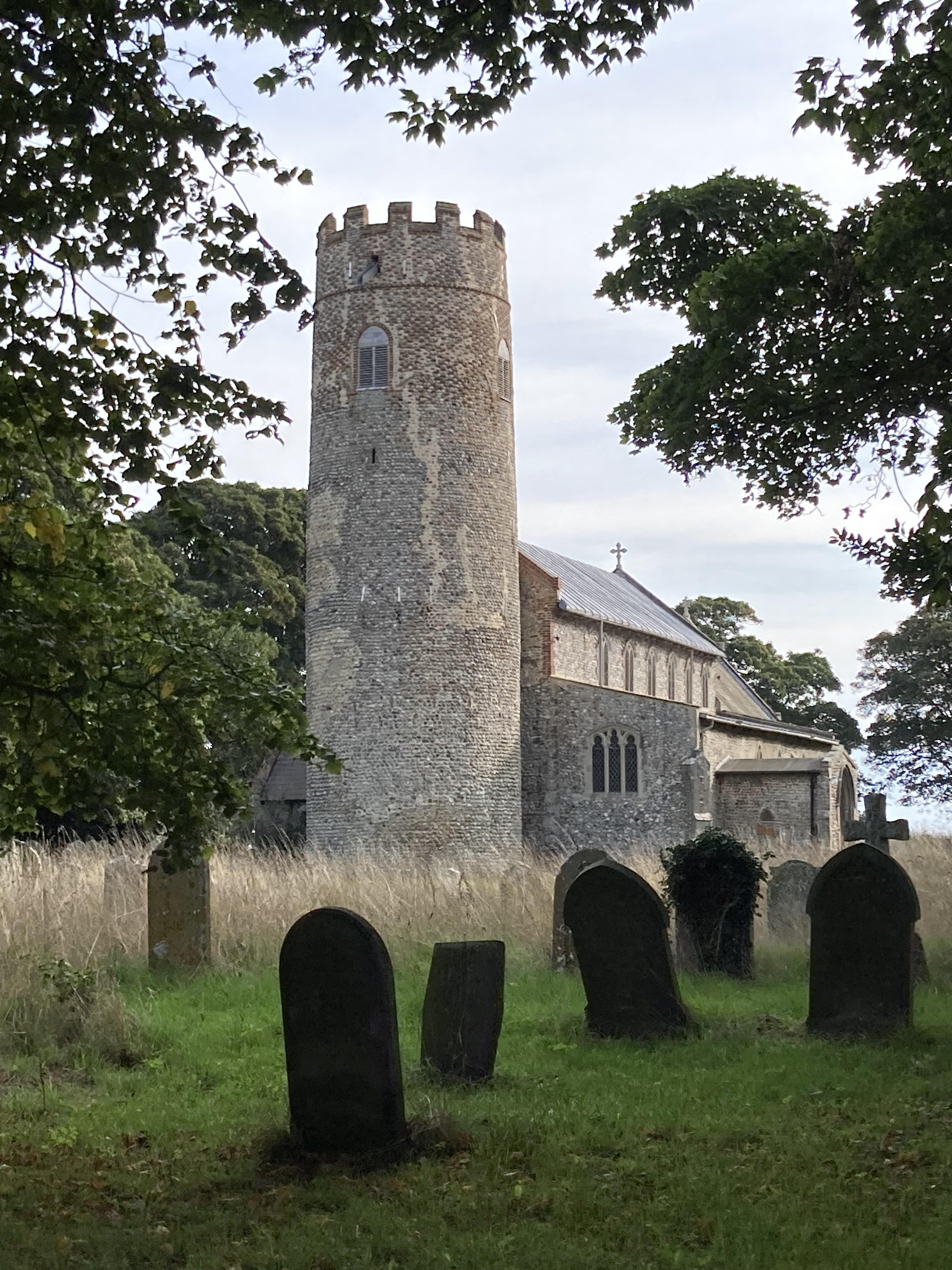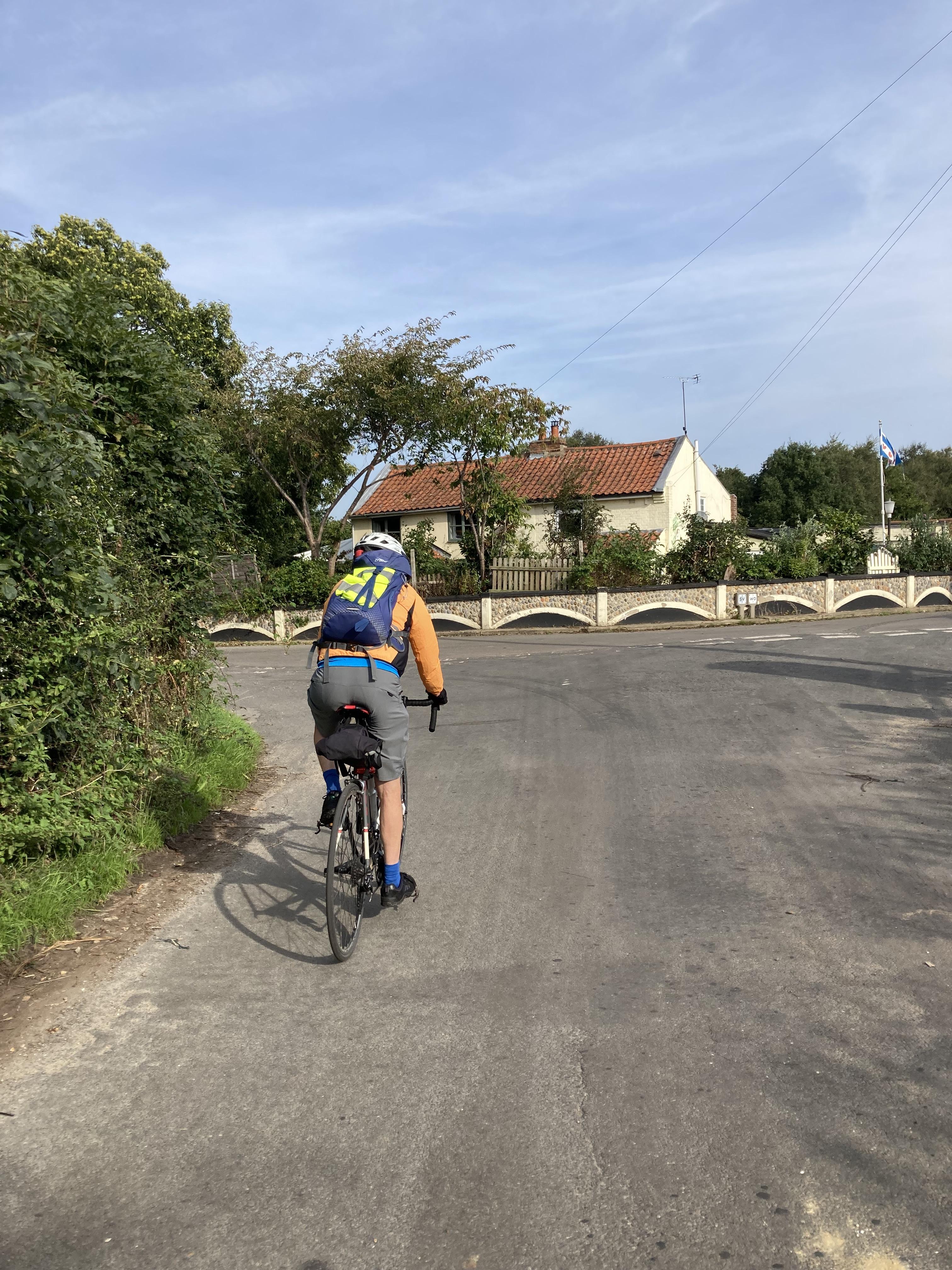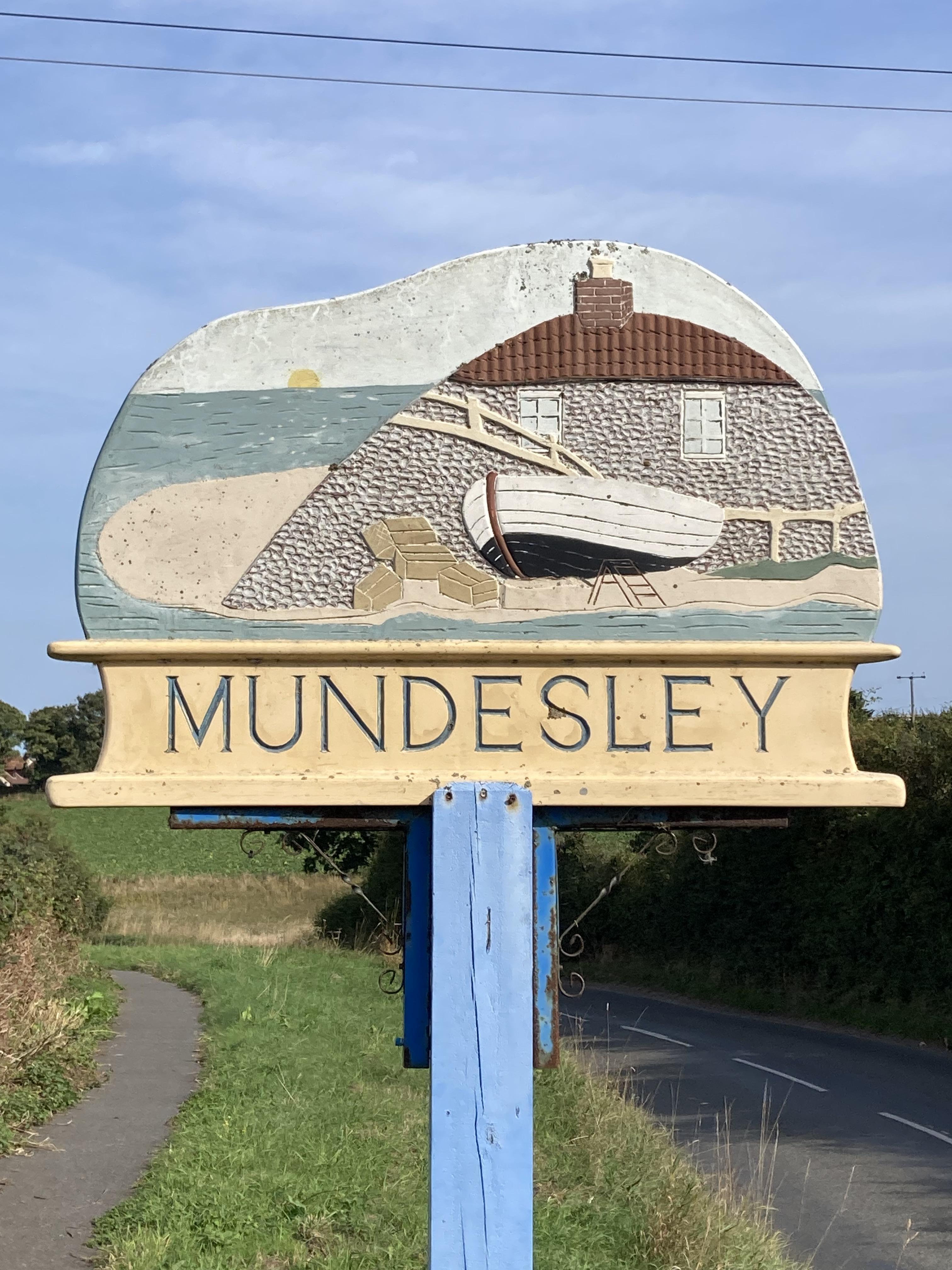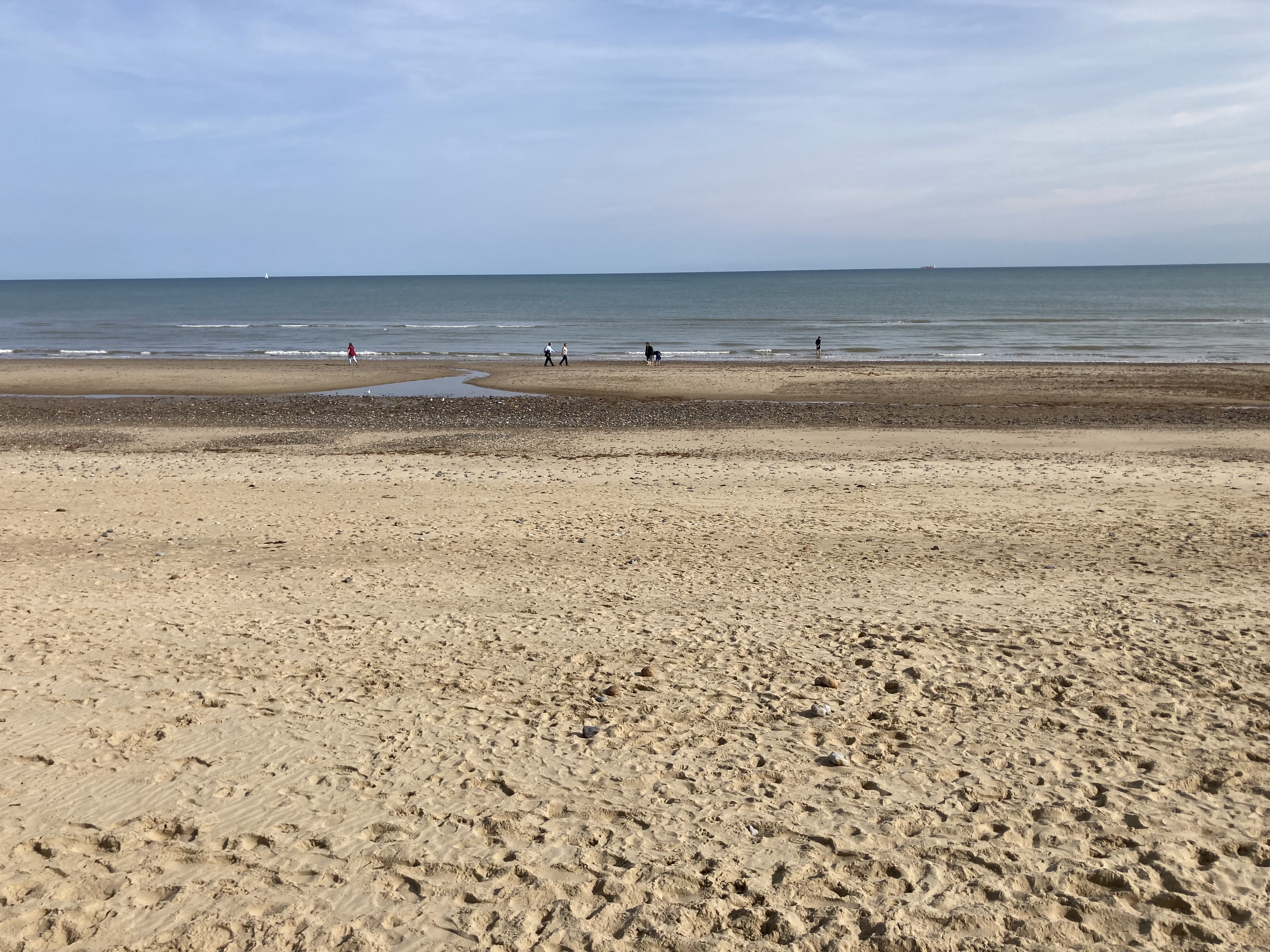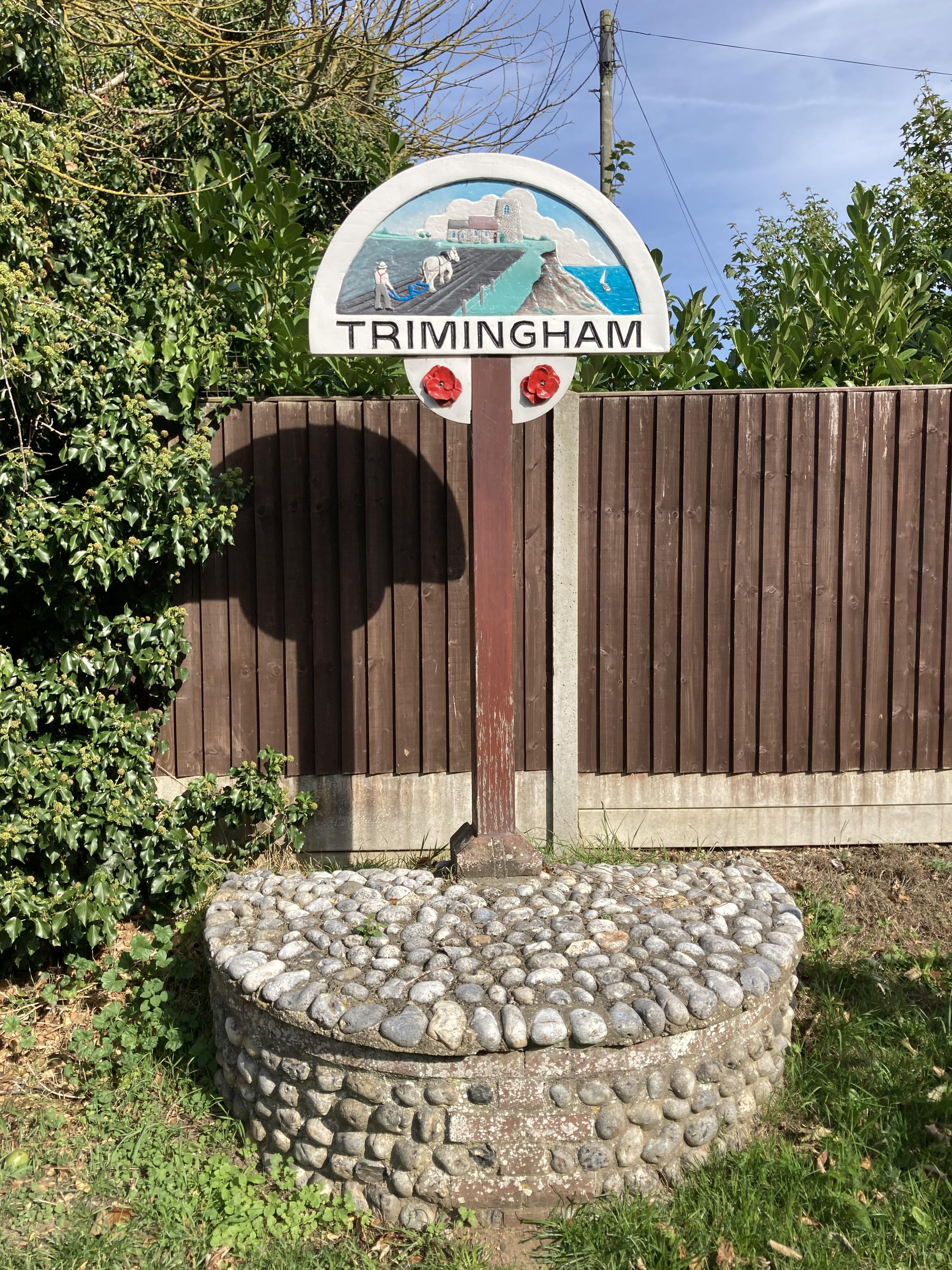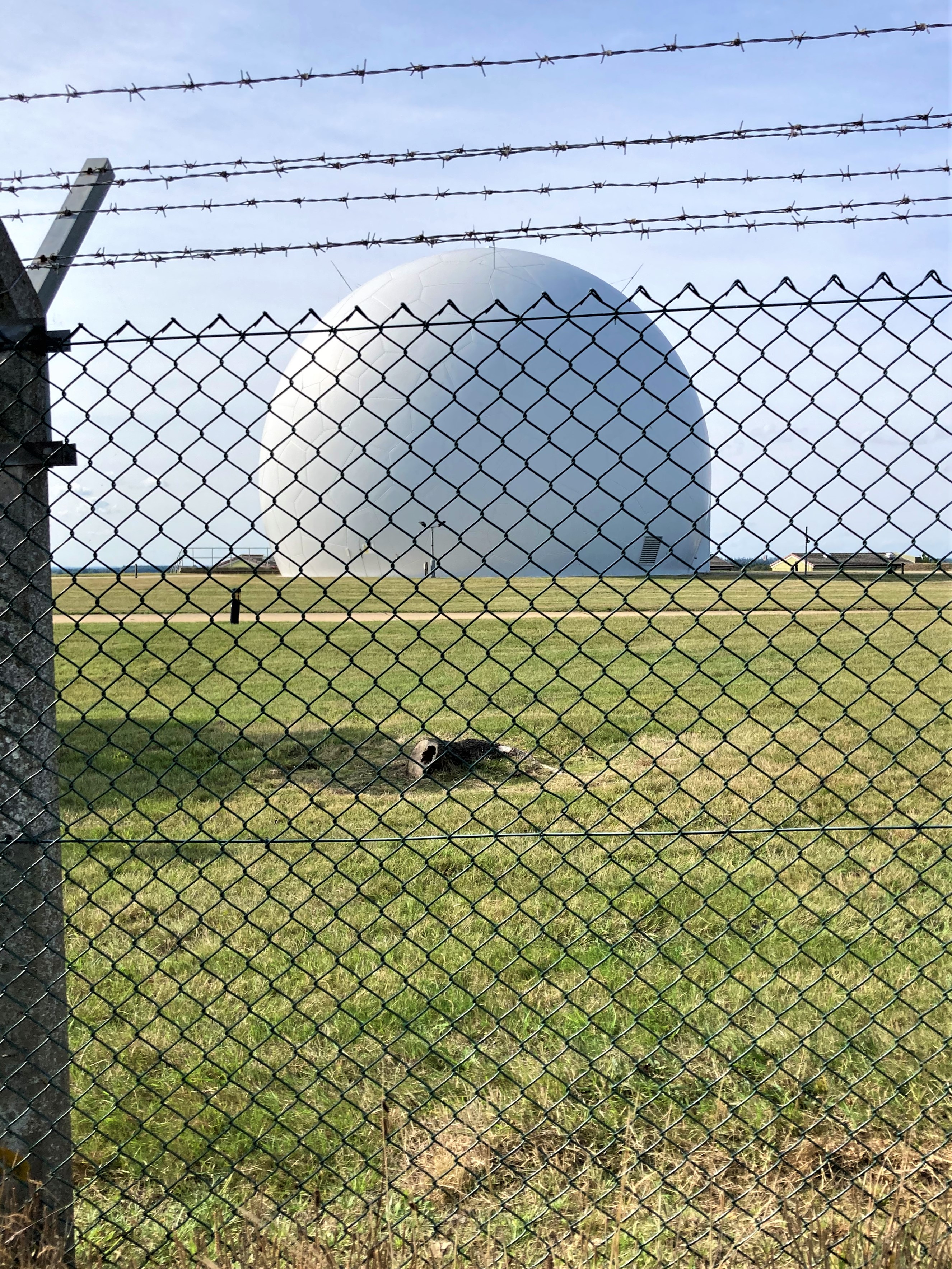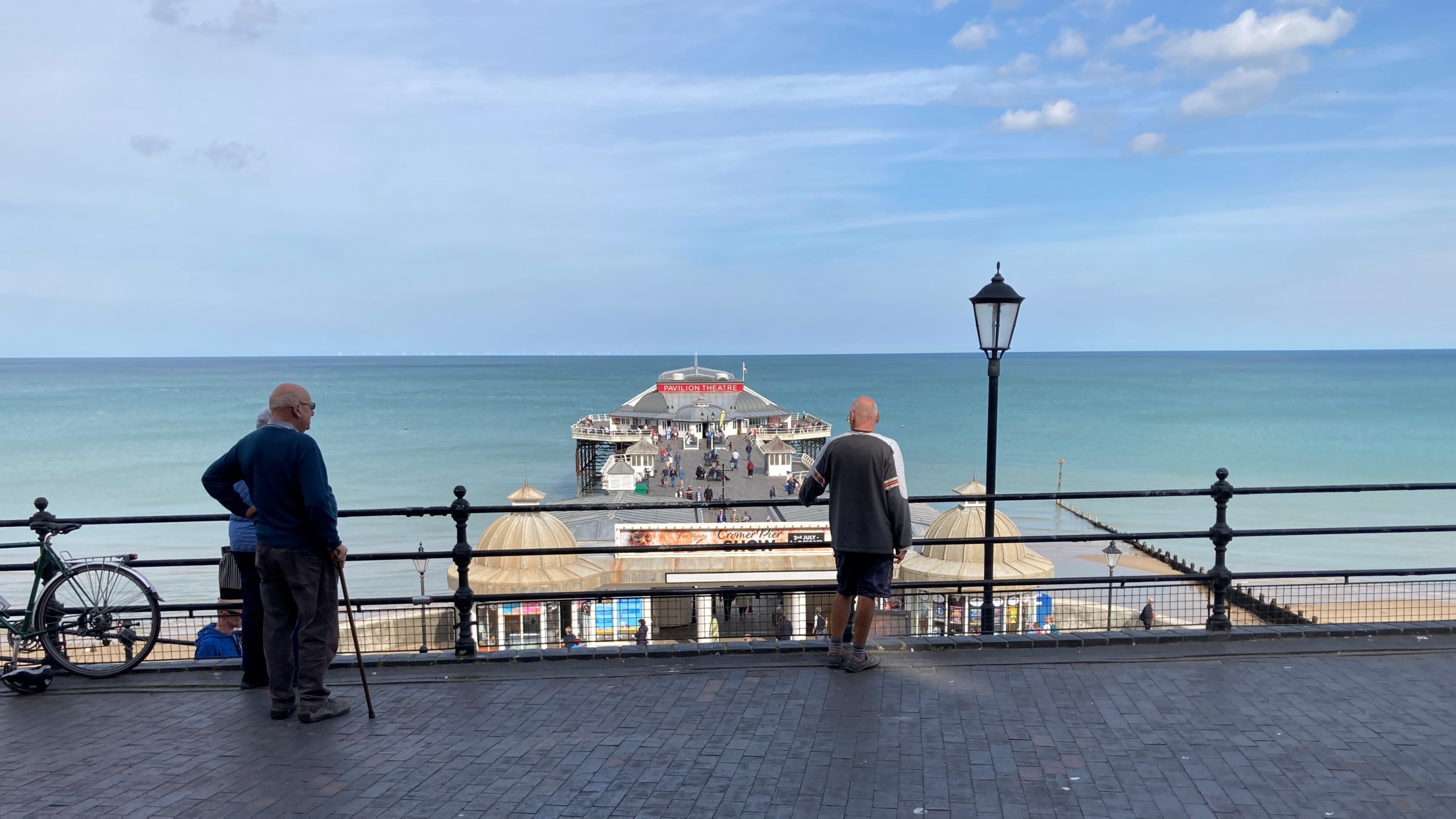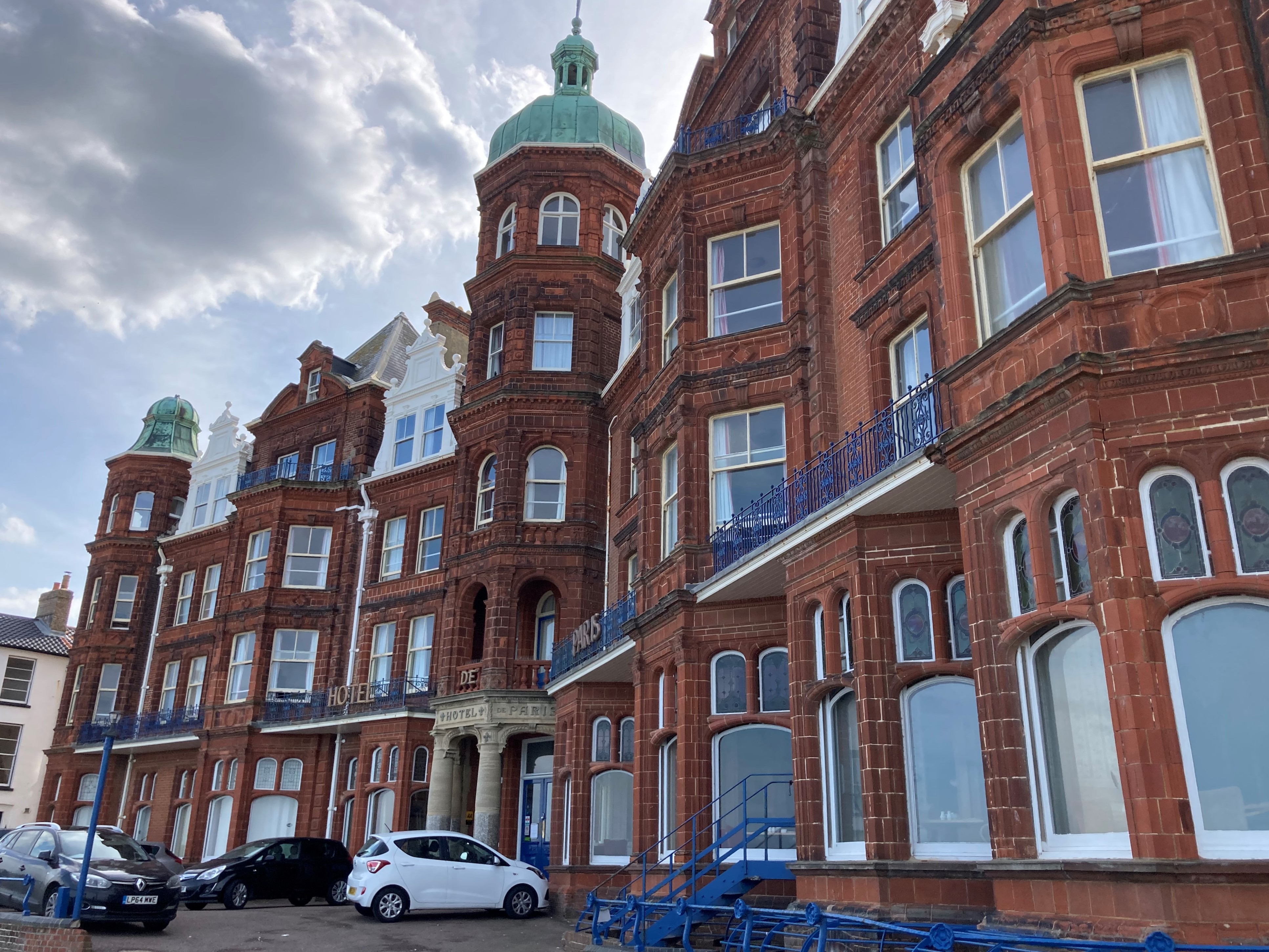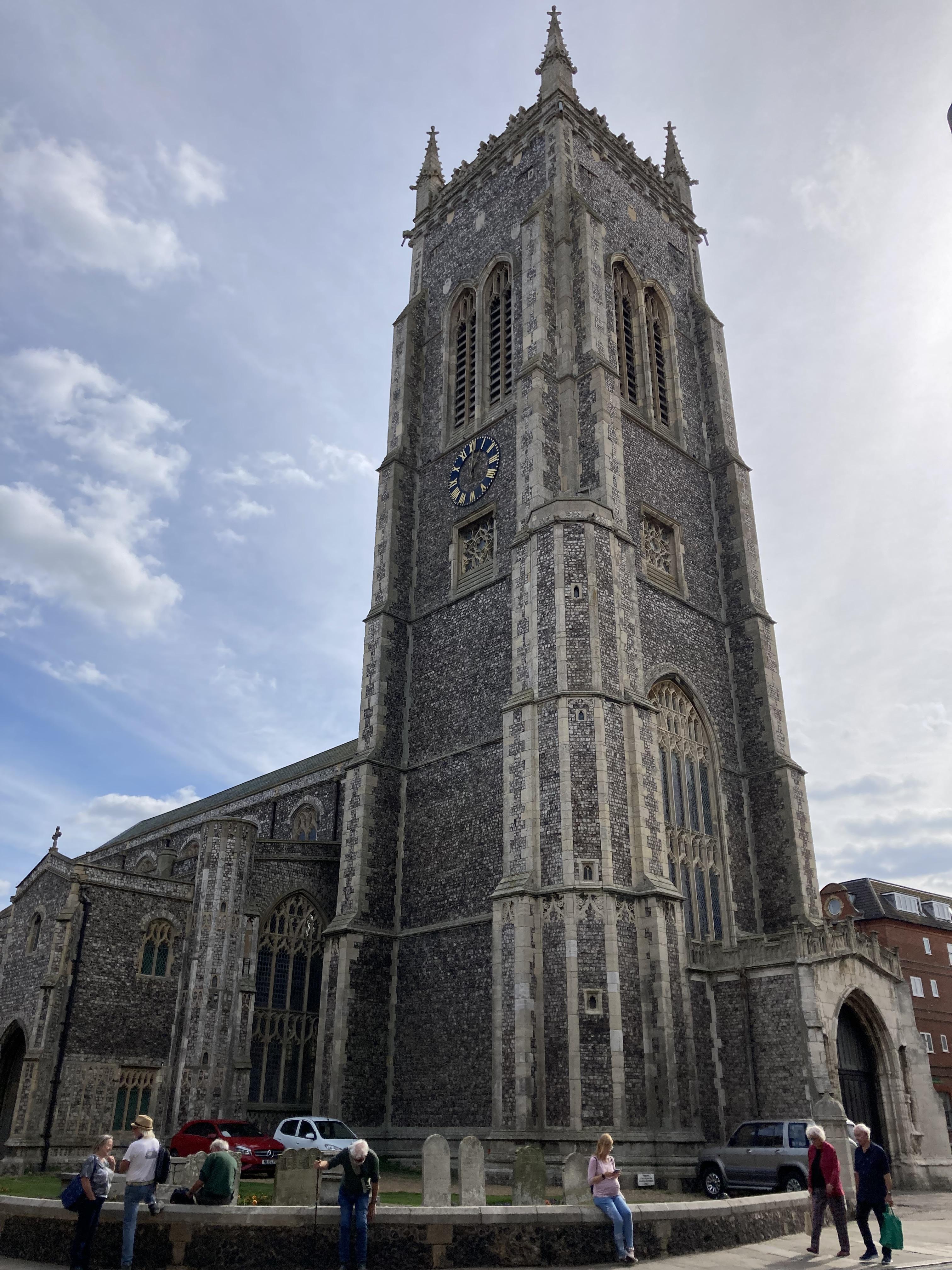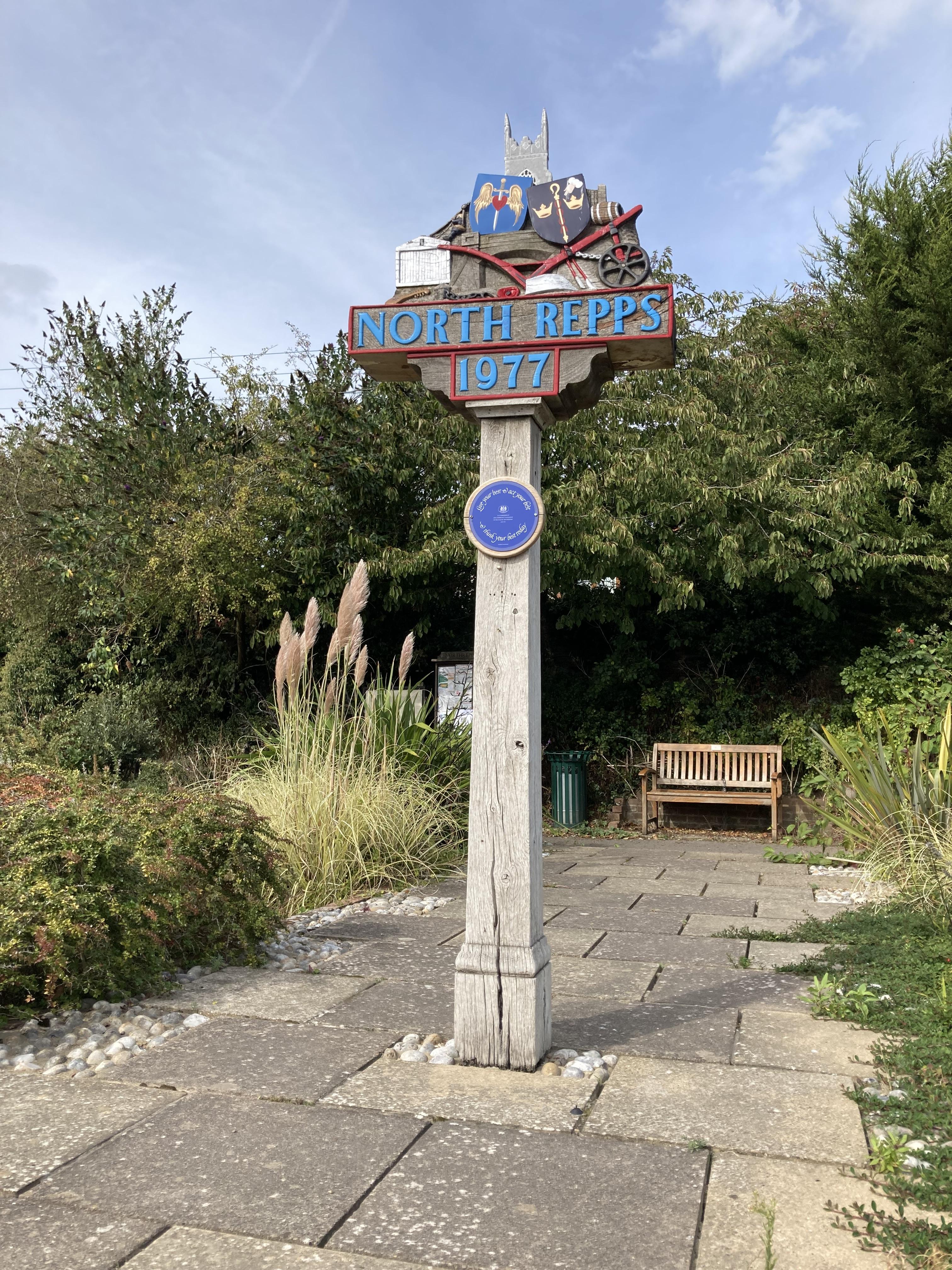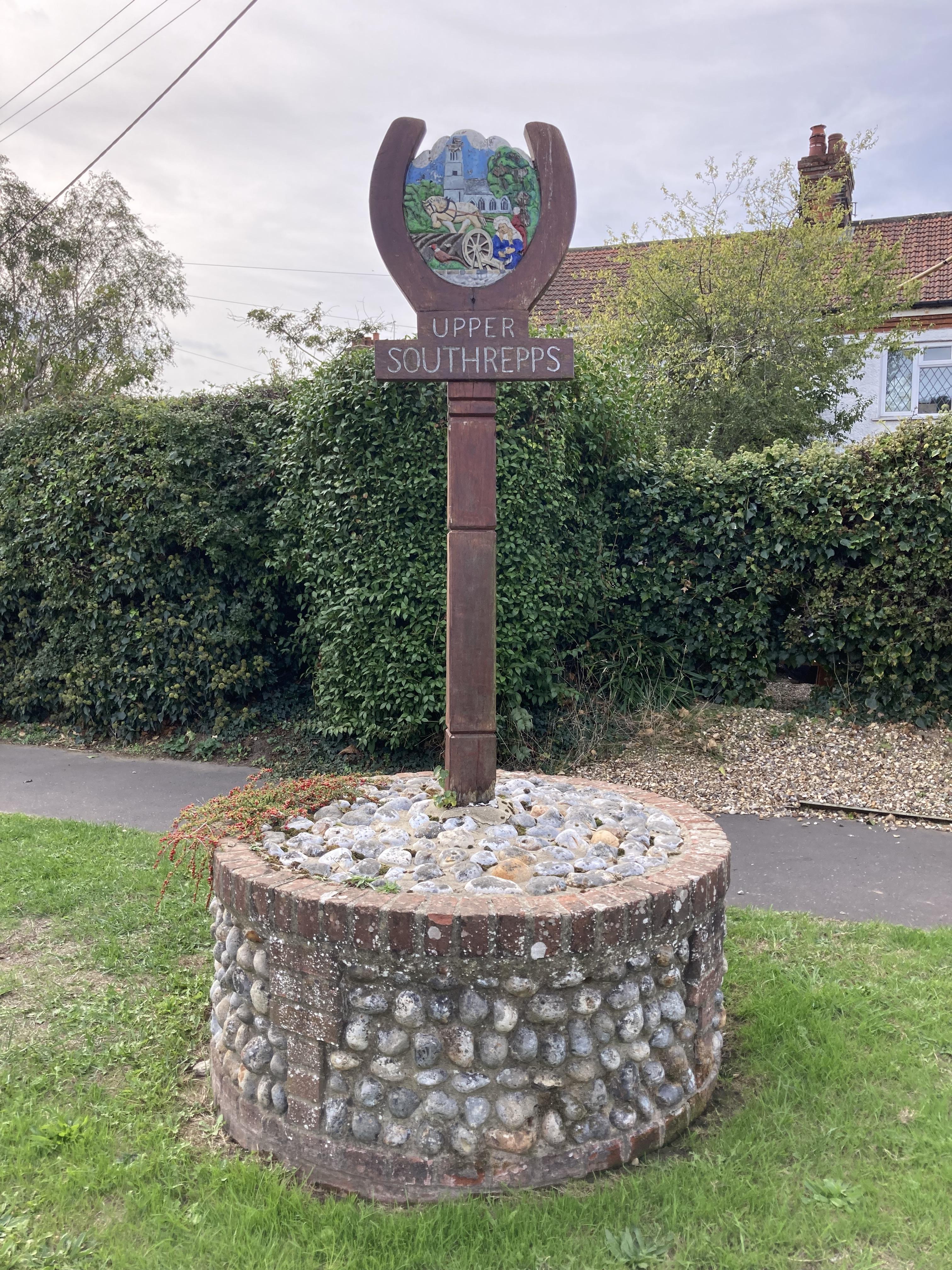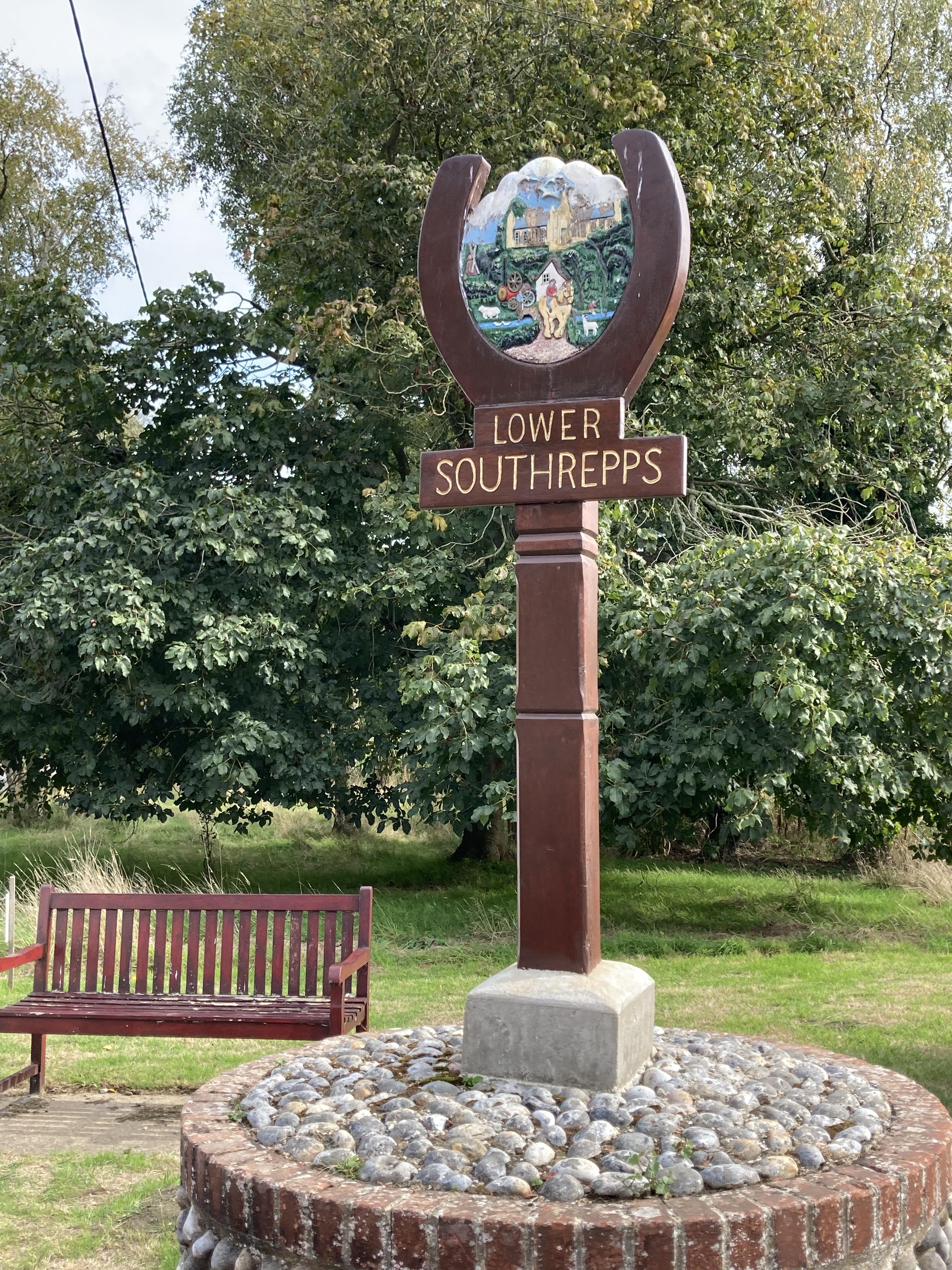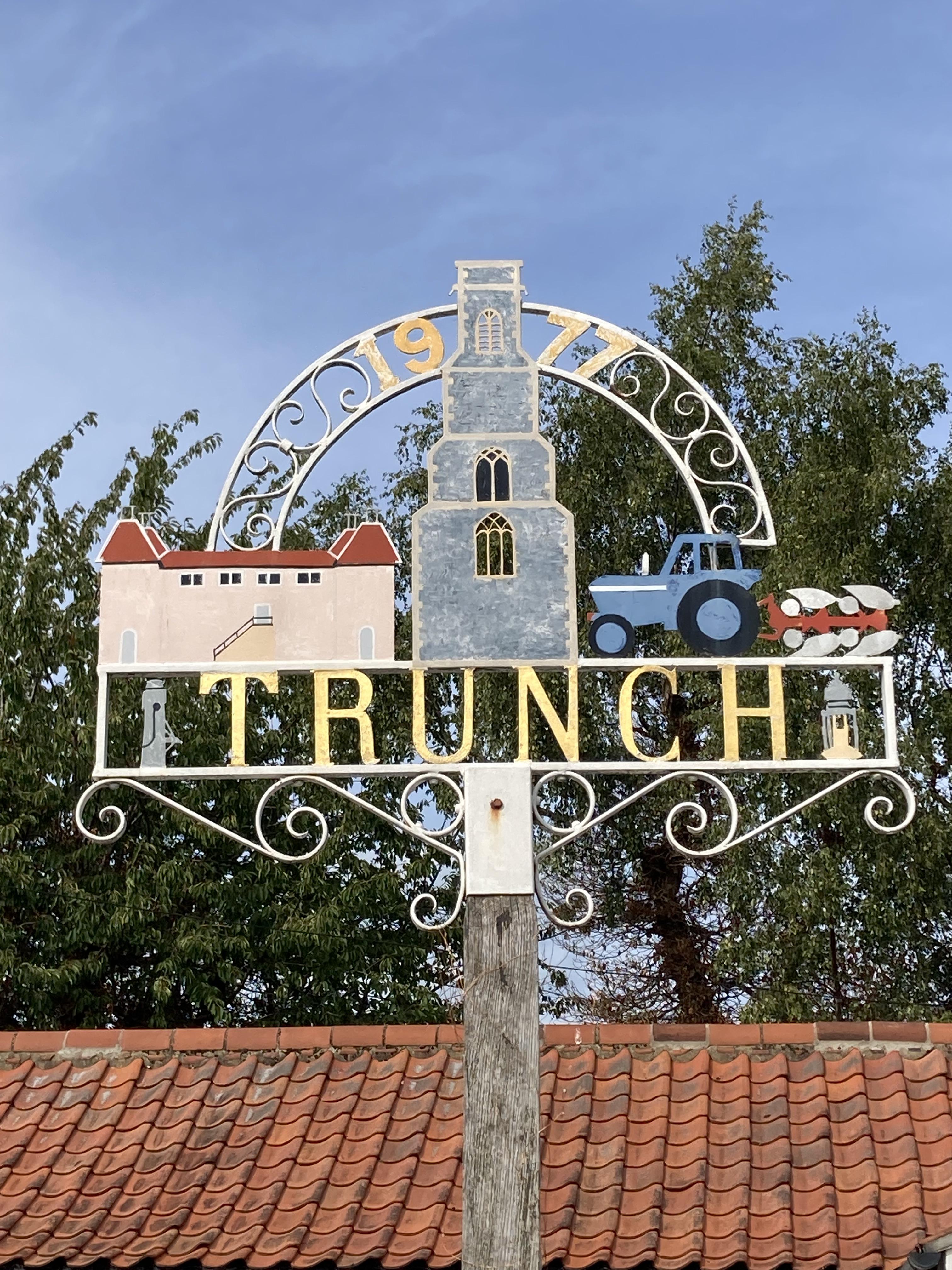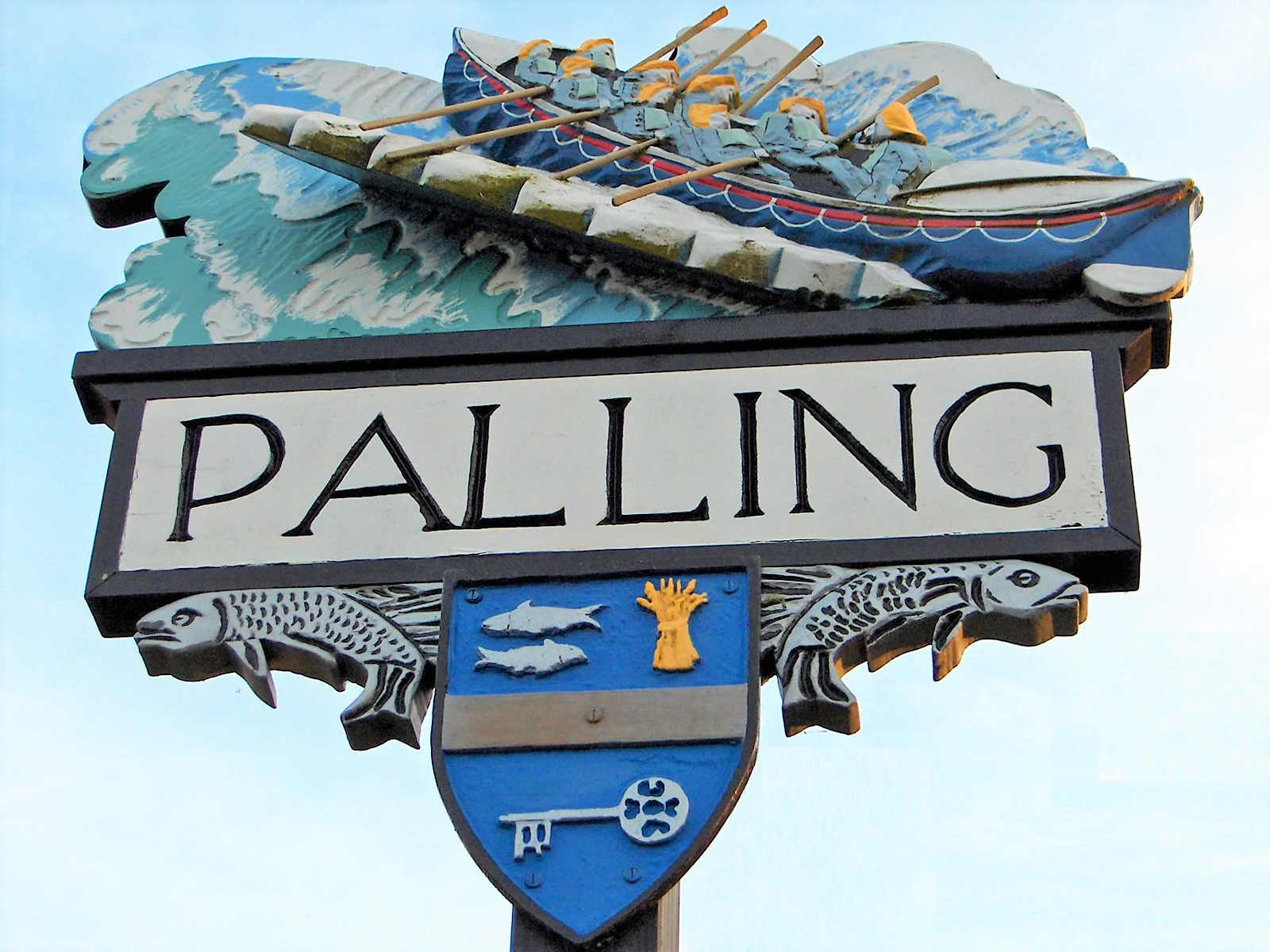Autumn Camp Hickling 2022

Cycling UK Louth ‘Autumn’ Camp - Hickling Broad 20-23 September 2022
This would be the club’s last cycle camp of the year, having previously visited Wing (Rutland) in April, Hilgay (Norfolk) in June and Sandringham (Norfolk) in August – the latter memorable for a number of reasons.
With a few members unable to attend, it would leave Rob Cook and Tim Newbery to travel to the Norfolk Broads for a return visit to Hickling. Rob had last visited with Tim in September 2020 whilst Tim had enjoyed a short break in 2021 to search again for the elusive common crane.
Tuesday 20th September
Arriving after lunch we would find only one other tent pitched in the field and could enjoy the site almost to ourselves. Always well presented, Hickling Campsite is a tranquil base for a holiday with easy access to the coast and broads with Sustrans NCN 30 always popular.
Having pitched the tents, we pedalled off to Hickling Broad National Nature Reserve (Norfolk Wildlife Trust) to spend an hour or two bird watching. Mostly quiet on this occasion with the familiar tale from those we passed telling tales of “they were here just a few minutes ago”. We would have to return to view water rail and common crane. The notice board also indicated that a white tailed sea eagle had been spotted. Never the less a pleasant time was had before retiring to The Greyhound for our evening meal.
Wednesday 21st September
A ride today to Happisburgh and Stalham along the quiet Norfolk lanes. Sadly, skies were overcast but it wasn’t cold and winds were light. Indeed, Tim had remarked that it would be a back wind all along the coast but Rob has heard that before and took a sceptical view.
Arriving at Sea Palling just before the café had opened, we continued through Hempstead and Lessingham with time to pick blackberries for our morning porridge.
Stops ensued in Happisburgh to view the RNLI recue station, the privately run lighthouse (built in 1790 and still working) and the rather magnificent Norman church of St Mary the Virgin. The church is notable for its tower, 133 steps affording magnificent views of the North Sea.
Heading away from the coast at this point we would make our way to Stalham for lunch. A market town set on the River Ant, the name referring to a fish pool settlement, we would leave a visit to the ‘Museum of the Broads’ until another time but it comes well recommended.
Our itinerary originally included How Hill Trust overlooking the River Ant and Saint Benet’s Abbey situated by the River Bure but as we had visited on previous occasions and that we were hoping for another chance to catch a sighting of the cranes, a shortened route was chosen back to camp to pass through Catfield and the RAF airfield dating to WWII. Indeed, Rob had spotted a number of buildings commemorating the Spitfire. A total of ten RAF fighter squadrons (eight flying various marks of Supermarine Spitfire, and two flying the Hawker Typhoon 1B) were based here between December 1941 and July 1945.
We had been advised that the common crane could be seen at Horsey Mere and wind pump. The current Horsey wind pump dating to 1912 is the youngest on the Norfolk Broads. It remained operational until 1943 when it was struck by lightning but remains as the centre of the National Trust reserve. Fine views of marsh harrier but no crane. As ever, the Trust’s warden advised us that up to 10 crane were spotted in the morning, along with the white tailed eagle!
Returning to the campsite Rob, our Ray Mears of the group, demonstrated fire lighting skills and we enjoyed a fine evening meal cooked on the camp fire. Cycling distance 30 miles.
Thursday 22nd September
At last, the sun was starting to break through the cloud and so the option of a longer ride to Cromer was adopted, largely following Sustrans NCN 30. Tim would remark that the route seemed to pass by a large and varied collection of Norfolk churches with a particularly fine Saxon tower at St Margaret’s Church, Witton. Indeed, the only round tower of the coastal churches.
Lanes became increasingly narrow, twisting and rural and pleasantries were exchanged between locals walking their dogs. There were a surprisingly large number of thatched buildings from farm buildings to cottages to modern houses. Some had been recently renewed with one under construction showing the skill of the thatcher.
Passing the North Sea gas terminal at Bacton we were soon at the seaside resort of Mundesley. Plenty of beach huts lined the promenade and is on the Deep History Coast Discovery Trail (we would come across interpretation boards a number of times on our journeys).
The route continued to the radar site at RAF Trimingham. Tim’s mother was stationed here as a radar operator in 1944 when it was part of Chain Holme Low network, aimed at detecting German submarines and low flying aircraft.
Before arriving at Cromer, Rob suggested a visit to Overstrand. A particularly pleasant, genteel resort with a number of cyclists enjoying refreshments at the Cliff Top Café. We took the option of enjoying an ice cream sitting on the cliff path bench. Many thanks to Rob for the ice cream. Overstrand was where Tim’s mother was billeted and enjoyed many a visit.
Cromer proved much busier and perhaps would benefit from a longer visit to enjoy a less crowded early morning or evening. The pier was certainly one of the highlights of the town. Cromer itself doesn’t appear in records until the 14th century. That’s because the coastline is so changeable here that the previous settlement of Shipden is now under the sea several hundred metres beyond the end of the pier.
Sustrans route 30 would lead us through North Repps, Upper and Lower South Repps. The villages seemed to be vying for the best village sign. The local woods are also noted for its abundant wildlife. Trunch we would discover is on the ‘Paston Way’ which passes through the Poppyland of north east Norfolk, taking in yet more medieval churches.
With time running on and with watches indicating it was already past 3 pm, a return visit to Stalham was deferred, and instead a ride back to the coast and refreshments at Sea Palling was favoured. We remembered rather fine freshly cooked donuts from our previous visit and thanks to Rob for the re-provision.
At this stage the sun was still shining but temperatures had started to drop, so we made our way back to camp. A fine day out. Cycling distance 55 miles.
Overall, a very successful Autumn Camp. The rain would finally arrive on the Friday as we struck for our return home. The campsite too was set to close for the season on the Sunday.
